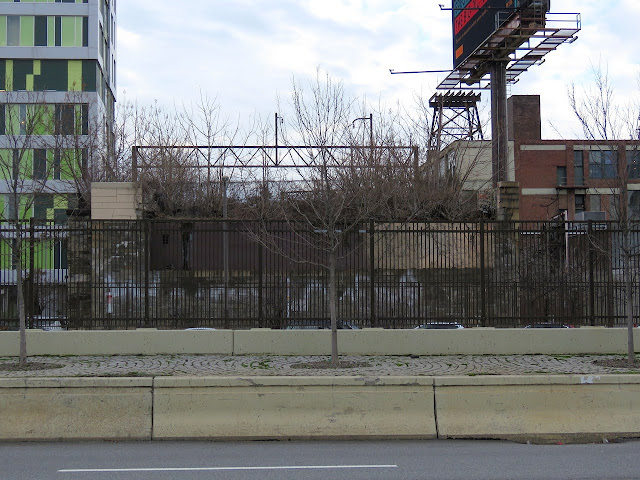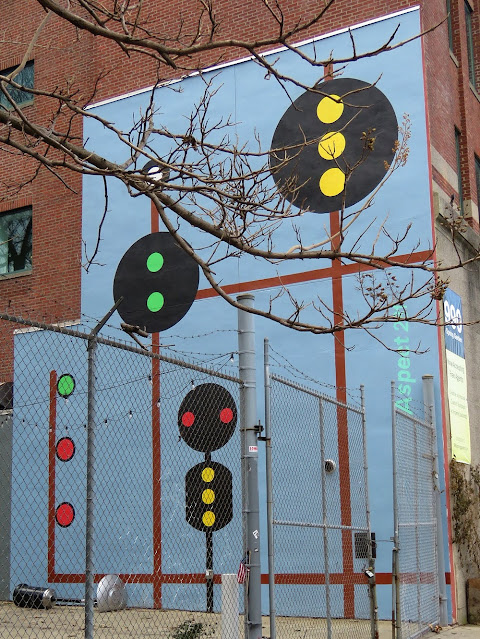Thanks to the COVID 19 Pandemic, 2020 was a mixed bag for railfanning. Generally riding mass transit was out and most of the events I typically rely on to get me out of the area had been cancelled. On the other hand I had done a lot more personal visits including one by Amtrak long distance. Still, as the clocked ticked down I decided to create one last bit of railfan content in my local area. The first was at the Randolph Road grade crossing and signal location on the CSX Metropolitan Sub that also hosts MARC Brunswick Line trains. The second was at the infrequently used MARC Jessup station that is in close proximity to the region's largest rail auto delivery terminal. You can see the full set of photos here ( mirror ).
Arriving at the Randolph Road grade crossing an eastbound CSX autorack train had arrived just a few seconds before I had. Still, the trendy use of DPUs gave me a shot at redemption and I managed to catch CSX ES44AC #859.
I was actually there for the afternoon MARC trains and a clear signal indication on the Milepost 13.7 automatic signal on track #1 as well as a Clear signal at the MONTROSE crossovers implied that the next westbound MARC train was en-route. The Randolph Road signal location was about 2 miles from the station stop at Rockville and was equipped with B&O CPLs until about 2012 or so.
A local Cross Fit gyme had parked an M35 truck at the edge of their parking lot to attract attention.
Although the M35 might have stood up well to an impact from a locomotive, a lot of the cars and SUV's that were getting stuck in traffic between the gates was alarmingly high.
MARC MP36PH-3C #25 soon appeared on the scene along with cab car #8053.










































